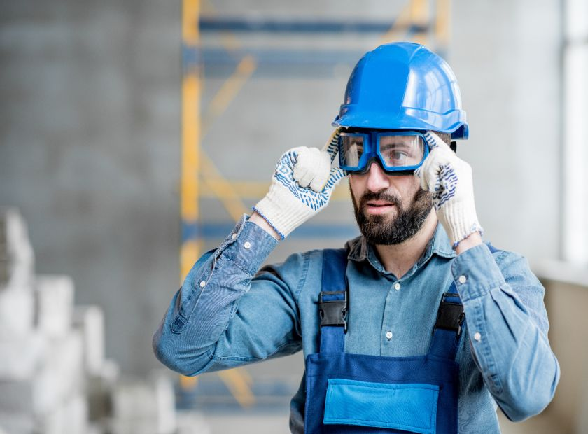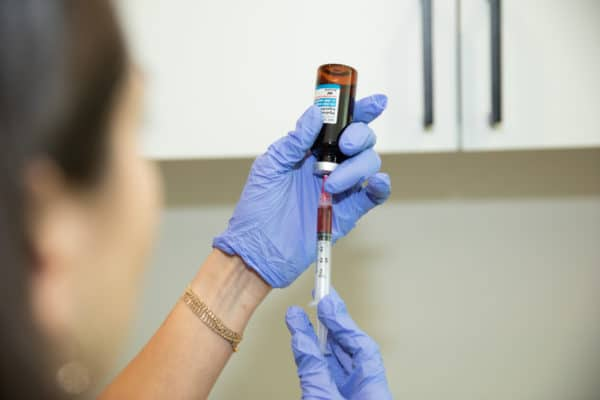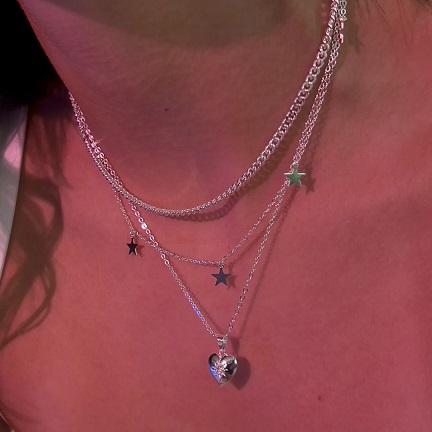What is the importance of using a safety glass?

Tempered glass is a type of glass that has been treated to make it stronger. It’s used in many industries and applications, including automotive and architectural. Here are the basics of how tempered glass works and what its importance is when it comes to protecting against injury:
What is safety glass?
Tempered glass, also known as safety glass, is a type of safety glazing that resists shattering, scratching, and breakage. Tempered glass comprises two or more layers of glass (or other transparent materials) laminated with an interlayer (adhesive) to form a unit. Between the outer and inner layer(s) is a low-strength plastic spacer in which the shatter-resistant layer is sandwiched. The outermost surface of this sandwich has been processed to have a special etch pattern that gives it its durability characteristics.
The most common forms are laminated tempered glass and laminated heat-strengthened glass. Tempered glasses are mainly used for side windows in automobiles; some buildings use these for all their windows for added security against intruders who attempt to break through them. Heat-strengthened safety glazing can be made from either float glass or cast sheet, depending on whether it is desired to control thickness tolerances more accurately than possible with float products.
How does safety glass work?
When a window is made from tempered glass, it is designed to break into small pieces. This helps minimize the likelihood of injury to anyone who might get hit by the glass. It also reduces damage to other objects around it. In addition, these types of windows are often made from laminated glass that contains multiple layers: one layer being an inner layer with pores that hold an adhesive and another outer layer being tempered or heat-strengthened glass which shatters in fewer large pieces when broken than regular plate or sheet types do when broken (because they have more thickness). Together these two layers create a safety factor similar to bulletproof vests: they’re strong enough to protect against shattering but thin enough that if there is ever a need for them not withstand impact force applied against them, they will easily crack without breaking completely into dangerous shards flying through space like projectiles ready to cause serious harm and if worst case scenario happens due to extreme circumstances where this type still fails unexpectedly? Well, then there’s always a backup plan option available too.
How do I know which type of tempered glass is right for my project?
Tempered glass is used where it’s essential to keep people safe. Tempered glass is not the same as regular glass; it’s made of different materials and installed differently. These differences affect the product’s performance characteristics (such as strength, hardness, and resistance to impact).
Some types of safety glazing are more expensive than others depending on the type of application and performance required.
Choosing the right tempered glass can protect against injury.
Tempered glass is designed to resist breakage in a collision, but it can still shatter. If tempered glass does break, the two pieces of glass are held together by the plastic layer so that they do not fly apart and cause injury. The use of tempered glass has been mandated by law since 1937, when it was discovered that windshields with multiple layers were significantly safer than those without them. Since then, a variety of safety applications have evolved using this technique:
Tempered glass is now used in buildings and structures such as skyscrapers; it’s also used extensively in vehicles, including cars, buses and trucks; aircraft; yachts; motorcycles; bicycles, etcetera.
Conclusion
When you choose the right tempered glass for your project, you can be sure that it will protect against injury and keep your employees safe from harm. It’s important to find out which type of tempered glass is right for your needs so that you don’t waste time or money on a product that won’t work well.







